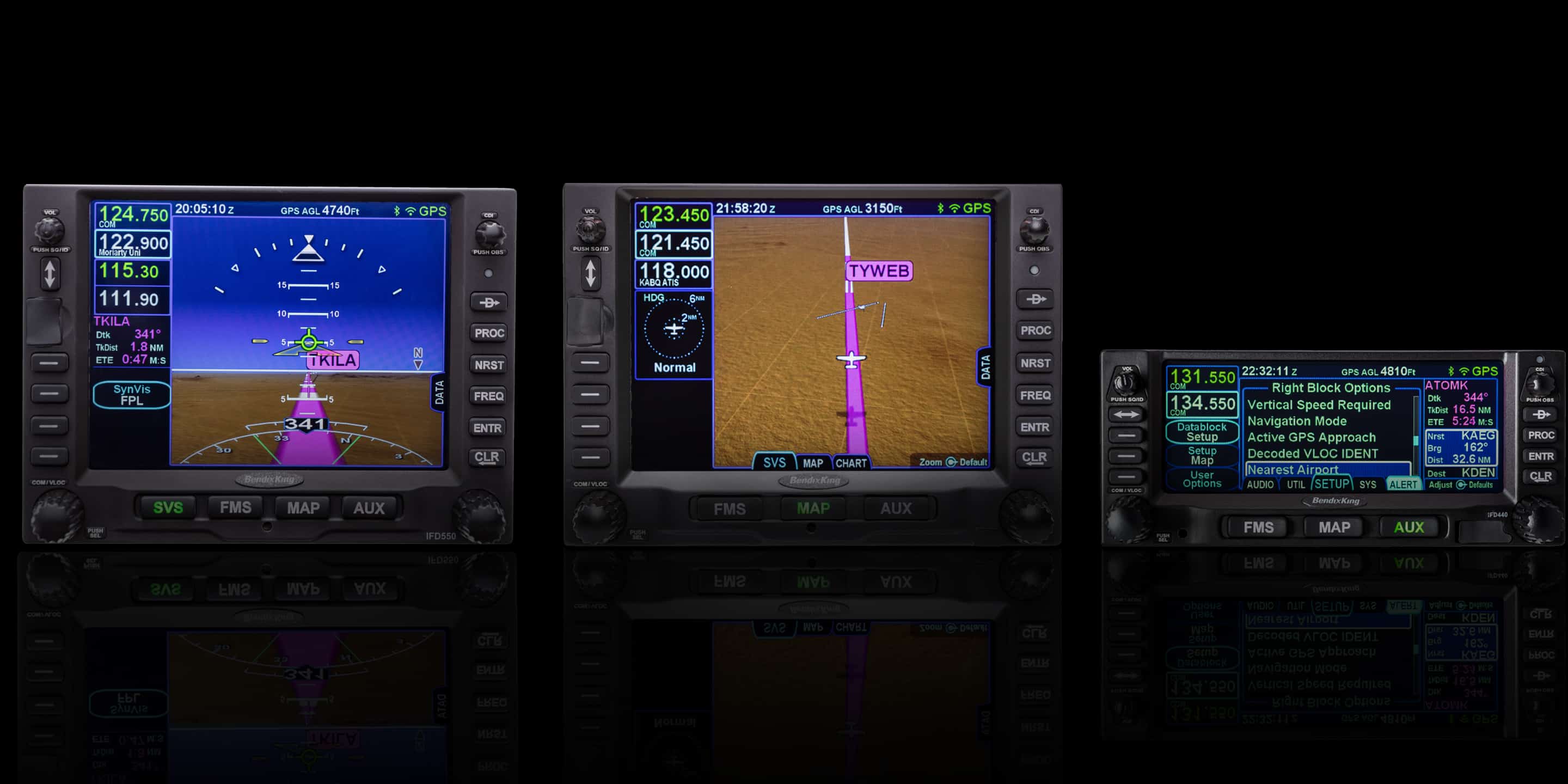

- Fms total access emailer software software#
- Fms total access emailer software code#
- Fms total access emailer software Pc#
- Fms total access emailer software professional#
- Fms total access emailer software windows#
Fms total access emailer software Pc#
If your PC has multiple users, the Preview settings are saved for each user rather than shared.
Preview Settings are Preserved for Each User - The Preview feature now lets you send emails to an email address so you can verify your emails are processed and formatted properly. Previously, only the 64-bit one showed its bitness. When referenced, the name shows if it's 32 or 64 bit. Fms total access emailer software professional#
Runtime Library Name Shows 32-bit - The Total Access Emailer Professional version now includes VBA runtime libraries TAEmailR.accde and TAEmailR_64.accde for Access 32 and 64-bit respectively.
Fms total access emailer software windows#
Embedded Files as Comma Separated Values (*.csv) - From the Microsoft Windows menu, the shortcut to open the sample database now opens the database with the correct version of Microsoft Access corresponding to your version of Total Access Emailer. This form was previously opened as a fixed dialog. This is especially helpful to see more text on the message tabs. Edit Form Enlarged and Resizable - The edit form for email blasts is now wider and taller, and can now be resized to be larger or even maximized. Datasheet settings are also preserved in the form for selecting multiple email lists to send. This makes it easier to customize its appearance for your needs, and display the blasts you’re managing. Those settings are preserved the next time you start the add-in. 
Like standard Access datasheets, you can now filter and sort the list, adjust the row height, resize and reorder columns, etc.
Main Form Enhancements Preserves Datasheet Settings - The main form now has larger buttons and saves the settings of the email blast list. 
This can also be added to the end of multiple FROM emails so their replies all go to one email address. You can now specify a different email address for replies by adding -ReplyTo: at the end of your FROM address.
Specify a Different Reply To Address - By default, the FROM address in your email is the same email your recipient sends their replies. By adding comma separated email addresses in your FROM address, Total Access Emailer rotates among them to spread your emails across multiple accounts. Use Multiple FROM Email Addresses - Your SMTP server may have limits on the number of emails that can be sent by each email address. Alternatively, you can provide the email address in a text file (TEmail.txt) in the folder where Total Access Emailer is installed. When the login name is blank or not an email address, it now uses the email address of your most recently sent email blast. If your SMTP settings include a login name that is an email address, that is used for validation. Set the FROM Email Address to Validate SMTP Server - Total Access Emailer sends an email to validate your SMTP settings. Updated Transport Layer Security (TLS) - Added additional security settings and support for new protocols including TLS 1.3. Added support for Microsoft Access 2021, 2019 and Microsoft Office 365. 
Fms total access emailer software code#
Though I've never used it–and it may be less necessary in light of the above changes–Wayne Phillips (of twinBASIC and vbWatchdog fame) offers a code library that avoids the warnings shown above.
Fms total access emailer software software#
Antivirus software in "Good" health status. According to this article, those warnings are hidden if the following conditions are met: It seems Microsoft may have addressed that with a more forgiving approach beginning with Outlook 2007. These warnings used to make Outlook automation a terrible user experience without extensive workarounds or third-party tools (such as vbMAPI). You'll know this is a problem if you (or your users) see either of the following warnings: One thing that you may run afoul of, though, is the Outlook Object Model Guard. In many corporate environments, this is a safe assumption to make. This has one major drawback, though: the user must have a copy of Outlook installed. The most common approach to sending email that I've used personally is Outlook automation.








 0 kommentar(er)
0 kommentar(er)
